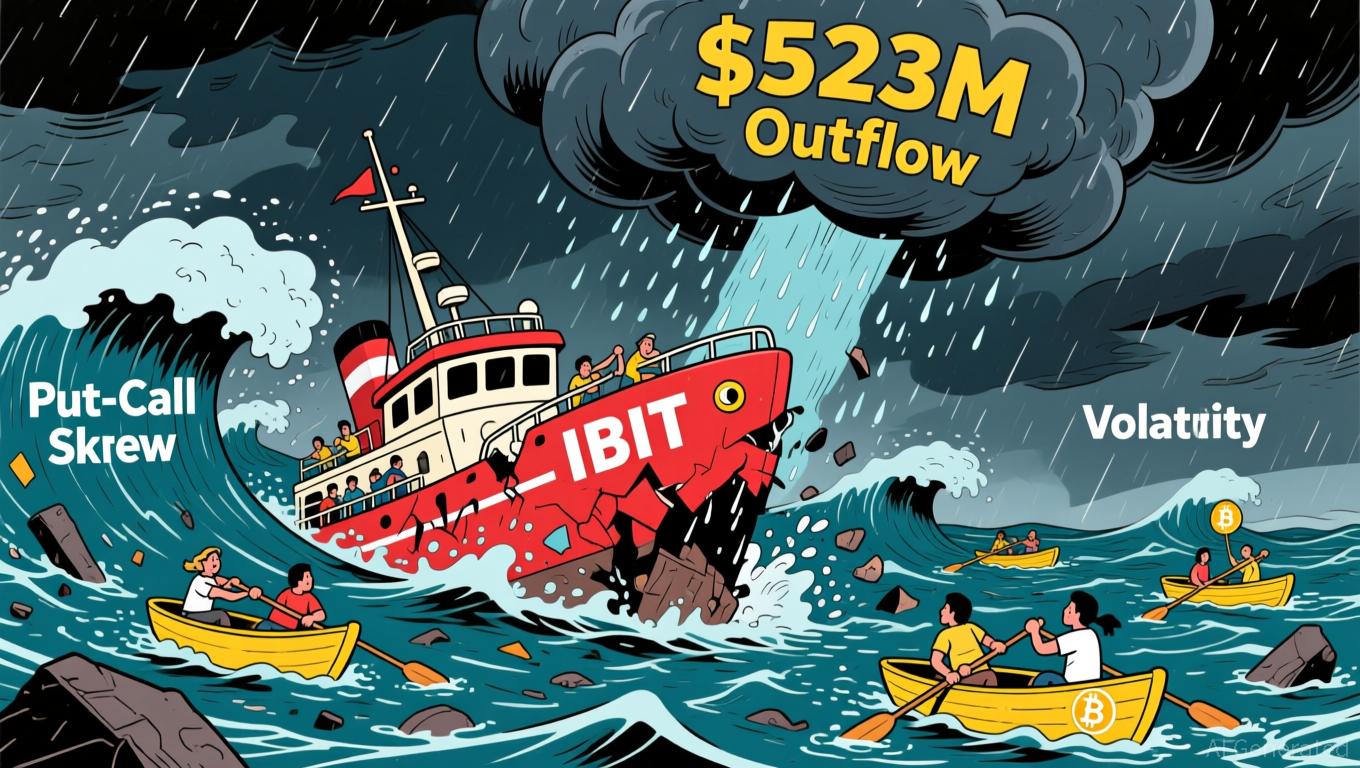3 Countries That Could Send XRP Soaring in 2026
Ripple’s XRP token may be heading for an unexpected tailwind. Three major jurisdictions are preparing regulatory and adoption changes. These changes could transform how institutions use the digital asset in 2026. In an exclusive interview with BeInCrypto, Bitget Wallet CMO Jamie Elkaleh said Japan is likely to deliver the biggest near-term impact for XRP adoption.
Ripple’s XRP token may be heading for an unexpected tailwind. Three major jurisdictions are preparing regulatory and adoption changes. These changes could transform how institutions use the digital asset in 2026.
In an exclusive interview with BeInCrypto, Bitget Wallet CMO Jamie Elkaleh said Japan is likely to deliver the biggest near-term impact for XRP adoption.
“Japan already features live remittance corridors using XRP as a bridge asset. Most notably, SBI Remit operates corridors where transfers from Japan settle into Southeast Asian bank accounts,” he said. Because these corridors are already live rather than experimental, “the path from adoption to visible usage is shorter.”
The UAE Emerges as a High-Potential Market
However, Elkaleh added that the UAE is quickly emerging as another high-potential market. The country’s virtual asset regime, through the Virtual Assets Regulatory Authority (VARA) and the UAE Central Bank, has created an environment tailor-made for crypto payment infrastructure. “A regulatory regime tailored to virtual assets and a growing presence of Ripple Labs in the region make it a strong candidate for next-wave adoption,” he noted.
Meanwhile, Europe is setting the stage for long-term scalability through its Markets in Crypto-Assets (MiCA) framework. Although the regulation is now in effect, regulators are still finalising several secondary rules. Transition periods extending into 2026 mean the framework is still maturing. But Elkaleh cautioned that adoption there could take longer: “Institutions tend to move cautiously and the rails are still consolidating.”
Real-World XRP Usage Drives Adoption
Ripple’s advantage, Elkaleh said, is that Japan has already moved beyond pilot projects. “The remittance operations using XRP by SBI Remit are live and accessible, demonstrating that XRP is being used in real operational settings,” he explained. This means scaling up is now a matter of volume, not validation.
The UAE and wider MENA region are nearing a tipping point. Regulatory frameworks are aligning. VARA licensing, Ripple’s DFSA license in Dubai, and partnerships in Bahrain reduce compliance and legal hurdles for formal settlements. While these flows don’t yet match Japan’s scale, “the ecosystem is poised for expansion.”
In light of this, Elkaleh said that in Europe, progress will likely be slower. “MiCA and related regulatory clarity are preparing banks and remittance firms, but institutions are likely to deploy large-scale XRP-based settlement further out,” he said.
Regulatory Clarity Could Trigger Market Moves in Stages
Looking ahead, Elkaleh believes that regulatory clarity in 2026 could translate into market price action for XRP, and could unfold in specific stages throughout the year. “For regions with existing corridors and active projects, new flows could materialize within months after regulatory green-lights. In other regions, particularly Europe, the conversion from clarity to scale might take 12 to 24 months. Institutions will need to align treasury policies, integrate systems, and begin live XRP settlement,” he said.
Ultimately, the Bitget Wallet executive said, price movements will follow real-world adoption: “Markets tend to respond not simply to regulatory announcements but to evidence of actual usage, liquidity and adoption metrics.”
Together, these changes create a rare alignment across Asia, the Middle East, and Europe, combining regulatory clarity with operational momentum. For XRP investors and crypto watchers, 2026 may be the year the token’s utility, not speculation, starts to drive market value.
Disclaimer: The content of this article solely reflects the author's opinion and does not represent the platform in any capacity. This article is not intended to serve as a reference for making investment decisions.
You may also like
Bitcoin News Update: Japan's Bond Turmoil Triggers Worldwide Crypto Sell-Off Amid Yen Carry Trade Reversal
- Japan's $135.4B stimulus package triggered a 3.41% surge in 30-year bond yields, destabilizing the $20T yen carry trade and sparking global crypto/stock selloffs. - Rising yields threaten Japan's 230% GDP debt load with higher servicing costs, creating a "debt death spiral" risk as BOJ hesitates to tighten policy. - Forced deleveraging by financial institutions intensified Bitcoin's 26% drop, with Ethereum/XRP/Solana also falling 3-5.6% amid margin calls and capital repatriation. - Upcoming 40-year bond

Bitcoin News Today: Bitcoin ETFs See $523M Outflow as Investors Weigh Fear Against Long-Term Strategies
- BlackRock's IBIT ETF recorded a $1.26B net outflow in Nov 2025, its largest redemption since 2024 launch. - Bitcoin price fell 16% to $52, triggering $2.59B outflows across 11 spot ETFs as bearish options demand surged. - Put-call skew hit 3.1% (7-month high), reflecting heightened pessimism and capitulation pressures in Bitcoin's price action. - Gold ETFs gained $289M as investors sought safe havens, contrasting with $1B inflows to tech/healthcare sector funds. - Year-to-date Bitcoin ETF inflows ($27.4B

YFI Drops 1.7% After Subpar Weekly Results as Edgewater Showcases AI-Powered Wi-Fi at Canada’s Leading Semiconductor Conference
- Edgewater Wireless will showcase AI-powered Wi-Fi 8 solutions at Canada’s premier semiconductor symposium in November 2025. - The company’s CEO will highlight ultra-reliable wireless roadmaps and a $2.4M commercialization initiative supported by $921K in government grants. - Its patented Spectrum Slicing technology claims 10x performance gains and 50% latency reduction, aligning with Canada’s semiconductor self-sufficiency goals. - Despite a 11.85% monthly stock decline, Edgewater positions itself at the

Ethereum Updates Today: Ethereum Transforms into Digital Bonds, Soaring Above $3,000 Driven by Institutional Interest
- Ethereum surged past $3,000 in late 2025 driven by institutional demand, ETF approvals, and technical upgrades like the Fusaka upgrade. - BlackRock's staked Ethereum ETF attracted $13.1B inflows since 2024, reclassifying staked ETH as "digital bonds" for institutional investors. - Over 69 corporations now hold 4.1M ETH in treasuries, but ETF outflows highlight ongoing market differentiation from Bitcoin . - Fusaka's focus on layer-1 scalability aims to redirect economic activity to Ethereum's base layer
